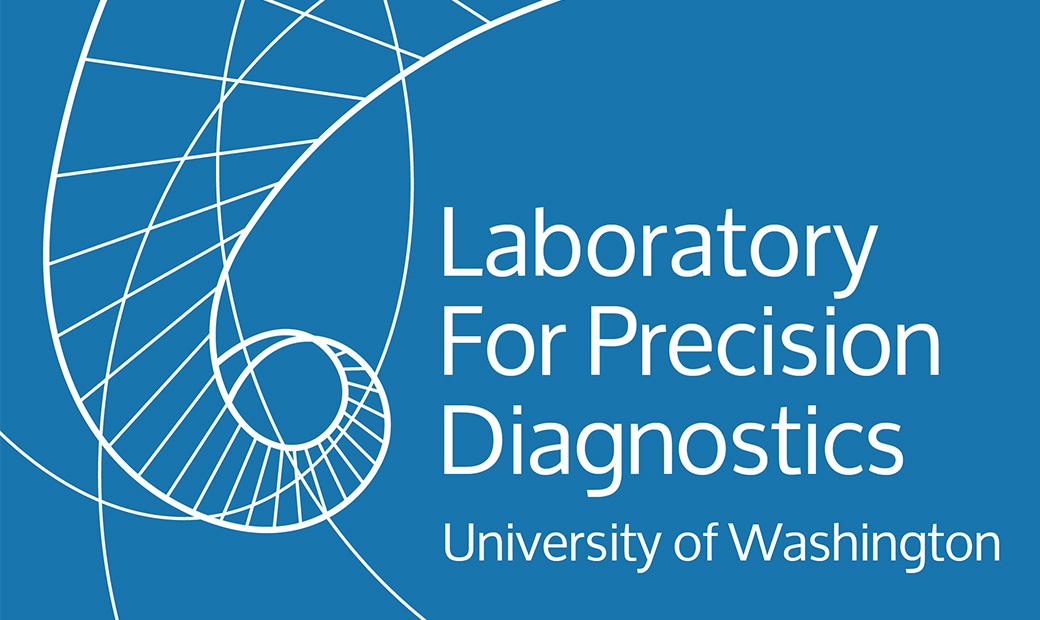Hematologic malignancies (e.g. leukemias, lymphomas, myelomas, plasma cell neoplasms) frequently have chromosome rearrangements and gene fusions that are important in establishing a diagnosis, predicting prognosis, and guiding therapy choices. The FusionPlex® PanHeme Panel is based on next generation sequencing of RNA (cDNA) from bone marrow, leukemic blood, or lymph node tissue to detect somatic oncogenic gene fusions involving any of 72 genes associated with hematological malignancies, without prior knowledge of the fusion partners or the breakpoints of the translocations.
This test can also be ordered for a single gene or a subset of 2-10 genes, chosen by the ordering clinician based on clinical and pathological findings.
